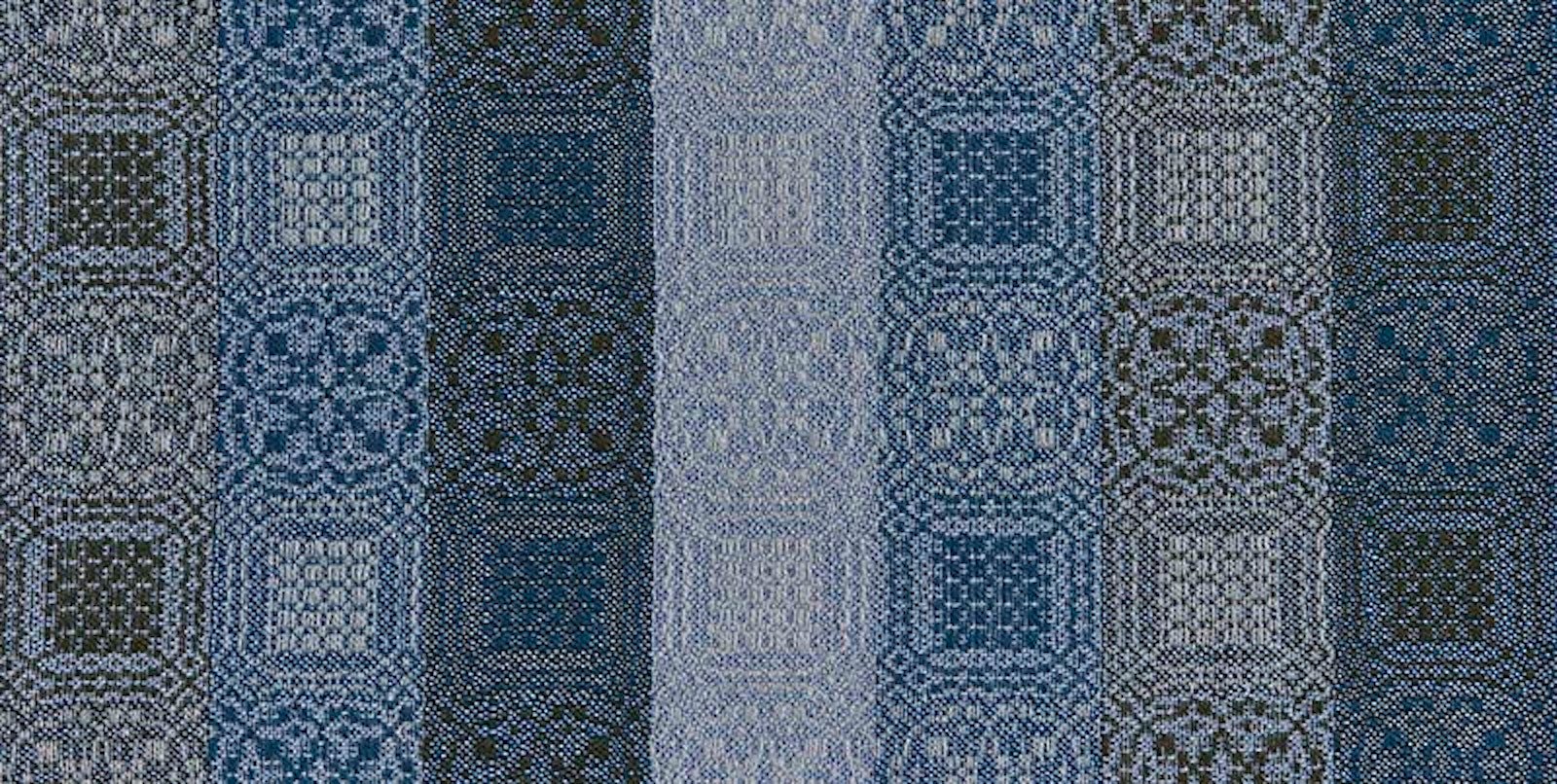For the November/December 2017 issue of Handwoven, we asked contributors to send us projects based on the weaving giants who were part of the handweaving revival of the 20th century. And, wow, did they ever deliver!
As I said in my editor’s letter, the issue was a joy to work on. It was interesting for me to see which weavers from the 20th century, today’s weavers look to for inspiration. My personal inspiration is Marguerite Porter Davison, whose A Handweaver’s Pattern Book is a staple of any weaver’s library and my go-to reference for 4-shaft drafts. This issue’s project authors chose a variety of muses, and their selections made me realize I am so familiar with some weavers’ work that I forget that their contributions to weaving are much more than projects—their written work forms the core of much of our current weaving literature. For example, Carol Strickler wrote A Weaver’s Book of 8-Shaft Patterns and David Xenakis is the creator of The Prairie Wool Companion and Weaver’s.
We strived to keep the entire issue within the Weaving Giants theme, and that includes the articles. Madelyn van der Hoogt’s “The Draft” is about converting old draft formats to today’s format; Tom Knisely’s “Notes from the Fell” introduces us to Osma Gallinger, one of the founders of HGA; Inga Marie Carmel shares her exploration of overshot treadling; Norma Smayda talks about Weaver Rose and his legacy; and Rebecca Mezoff examines how weaving was used for occupational therapy during World War I. We wrapped the issue up with an article by Deb Essen about keeping records and an “End Notes” column by Christina Garton about the wonderful weaving resources passed down to us from the 20th century weaving greats.
I hope you enjoy reading this issue as much as I enjoyed working on it. Join me in thanking, from the bottom of my heart, the weavers who came before us.
Weave well, Susan

